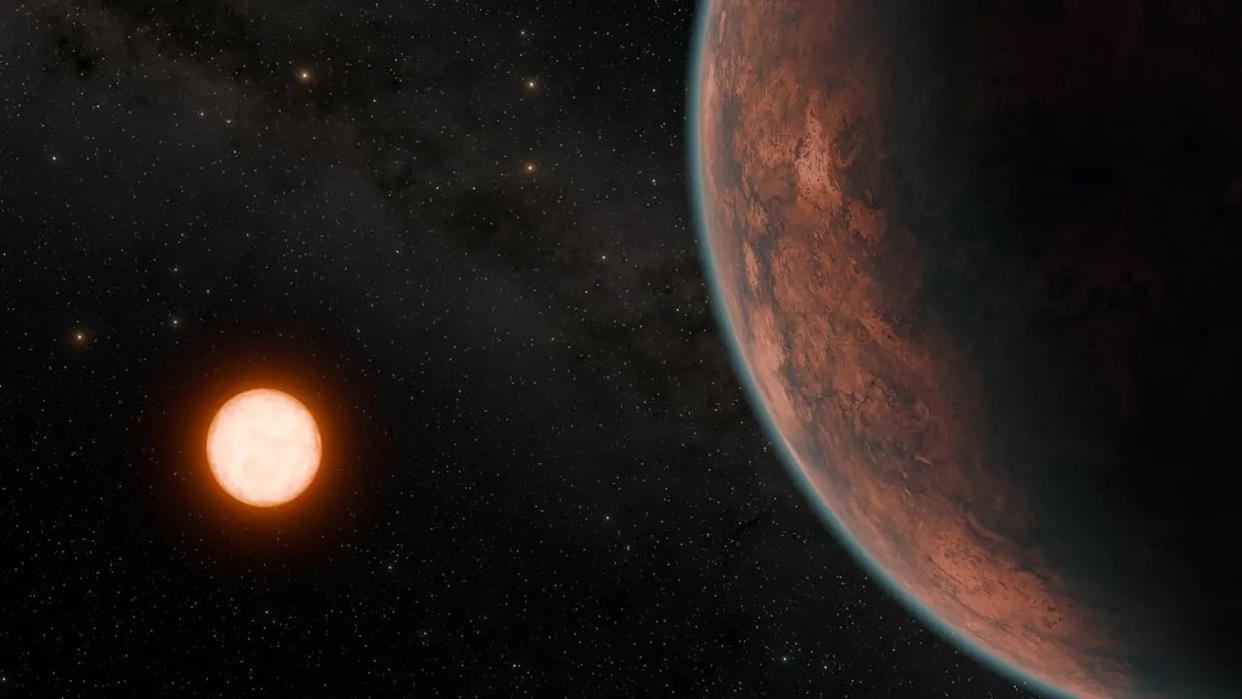A potentially habitable Earth-size planet was discovered just 40 light-years away

A potentially habitable exoplanet that is roughly similar in size to Earth has been found in a system located 40 light-years away, according to a new study.
The planet is about the size of Venus, so slightly smaller than Earth, and may be temperate enough to support life, the researchers said.
Dubbed Gliese 12 b, the planet takes 12.8 days to orbit a star that is 27% of the sun’s size. It’s not yet known whether the exoplanet has an atmosphere.
But the scientists behind the study, published Thursday in the journal Monthly Notices of the Royal Astronomical Society, estimated that Gliese 12 b has a surface temperature of about 107 degrees Fahrenheit (42 degrees Celsius). While hot, that temperature is lower than most of the thousands of exoplanets discovered to date.
“Gliese 12 b could be at the right temperature for liquid water to pool on its surface, and that’s important because we tend to think liquid water is an essential ingredient for life as we know it,” Shishir Dholakia, one of the study’s authors and a doctoral student at the University of Southern Queensland’s Centre for Astrophysics, said in a statement.
The researchers are keen to get a closer look at the exoplanet, including with NASA’s James Webb Space Telescope, which launched into space in 2021 and is equipped with a sophisticated suite of instruments capable of studying exoplanet atmospheres.
The scientists want to determine if the planet has an atmosphere similar to that on Earth, or whether its atmosphere is as extreme and hostile as that on Venus. Alternately, Gliese 12 b could have no atmosphere at all, or one that is unfamiliar and not seen in our own solar system, they said.
The findings could help researchers better understand the factors that make exoplanets potentially habitable. The observations may also shed light on how our own solar system evolved.
“Because Gliese 12 b is between Earth and Venus in temperature, its atmosphere could teach us a lot about the habitability pathways planets take as they develop,” study co-author Larissa Palethorpe, a doctoral student at the University of Edinburgh and University College London, said in a statement.
Gliese 12 b was discovered using data from NASA’s Transiting Exoplanet Survey Satellite, which is designed to stare at a huge patch of the sky for about a month at a time. The space telescope, which launched into space in 2018, looks for periodic changes in brightness of tens of thousands of stars.
If a star dims at regular intervals, it may be a sign that a planet is orbiting the star, passing in front of it and temporarily obscuring its light.
This article was originally published on NBCNews.com

